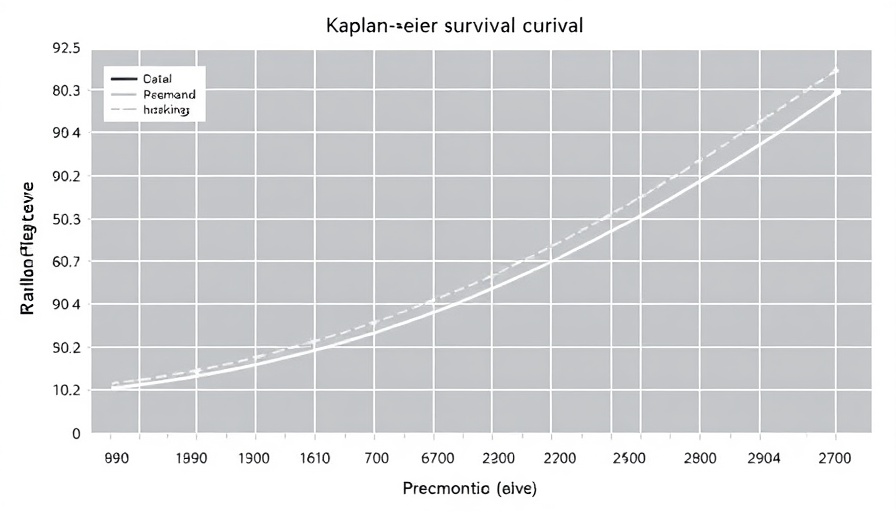
Understanding the Intricate Dance Between Age, Frailty, and Health Outcomes
As medical science progresses, our understanding of the nuanced relationship between age, frailty, and health outcomes in older populations continues to evolve. A recent longitudinal cohort study highlights the impact of frailty more prominently than age itself among liver transplant recipients. It underscores the critical need for comprehensive assessments of frailty in considerations for organ transplantation.
Frailty: The Silent Killer in Transplant Candidates
Frailty, characterized by a decline in physiological reserve and an increased vulnerability to stressors, was shown in the study to significantly correlate with mortality rates among liver transplant candidates. Unlike age, which is often seen as a primary risk factor, frailty provides a more detailed insight into a patient’s current health status. The assessment tools employed (Liver Frailty Index and SHARE-FI) effectively demonstrated that patients with higher frailty scores had poorer survival outcomes post-transplantation.
A New Perspective on Hospitalizations
The findings reveal that younger patients experienced greater hospitalization rates than their older counterparts within a two-year follow-up, challenging common assumptions about the health trajectory of older adults. This paradox may stem from younger patients experiencing more acute complications related to their liver disease compared to the chronic, stable conditions often seen in older populations. Thus, it invites a reevaluation of how we approach monitoring and intervening in these vulnerable groups.
The Role of Clinical Indicators in Predictive Outcomes
Central to the study's conclusions are the strong predictive values of the MELD and CTP scores related to mortality. These models are routinely used in clinical practice to prioritize patients for transplantation, yet this research highlights the need to integrate frailty assessments into these models to provide a holistic view of patient health. The significant hazard ratios associated with these scores (MELD: HR = 1.17; CTP: HR = 1.43) emphasize their relevance, yet they were enhanced by frailty assessments that brought forth a new dimension in evaluating candidates.
Beyond Age: Implications for Future Research
As a critical takeaway, the study posits that prioritizing frailty over merely age could refine candidate selection processes across transplant centers. In an age where longevity and the quality of life for older adults are paramount concerns, embracing a frailty-focused framework might also harmonize with ongoing telomere research that seeks to understand aging at a molecular level.
Connecting Frailty to Telomere Health: What You Should Know
The relationship between frailty and biological markers, such as telomere length, may be particularly illuminating for future studies. Research into telomeres suggests that as these protective caps on chromosomes shorten due to environmental stress and aging, cellular function diminishes, promoting pathways that can lead to frailty. Telomerase activation has emerged as a pivotal area of interest in anti-aging research, offering insight into how we might halt or reverse some of the indicators of frailty.
Actionable Insights for Health Enthusiasts
For those invested in enhancing vitality and health through scientific insights, understanding these concepts can spur action. Engaging in lifestyle choices that mitigate frailty—such as regular exercise, a balanced diet rich in anti-aging nutrients, and possibly supplements aimed at supporting telomere health—can be empowering. Additionally, continued learning about telomere biology can provide avenues for preventive health measures that promote longevity.
Conclusion: Rethinking Health Through the Lens of Frailty
The exploration of frailty in this study serves as a reminder that age alone does not define health outcomes. For consumers passionate about health and longevity, recognizing the complexities of frailty may facilitate more informed health efforts and discussions. As research in this area evolves, let’s consider how integrating frailty assessments can shape a healthier future for older adults.
To stay engaged with ongoing developments in health and aging, subscribe to our newsletter for the latest insights into cellular rejuvenation and wellness strategies.
 Add Row
Add Row  Add
Add 




 Add Row
Add Row  Add
Add 


Write A Comment